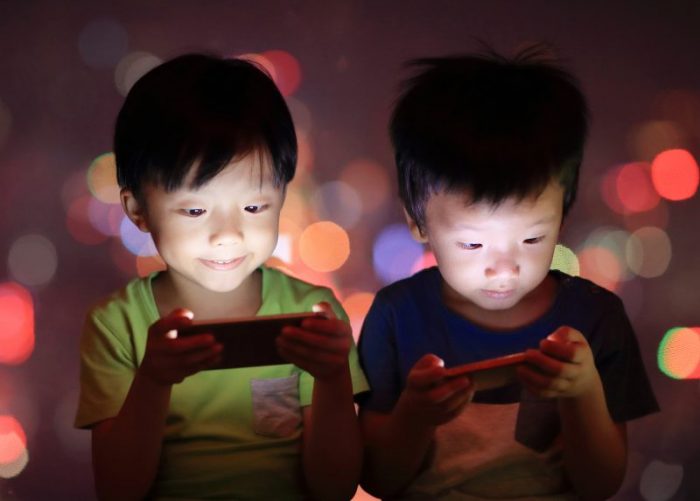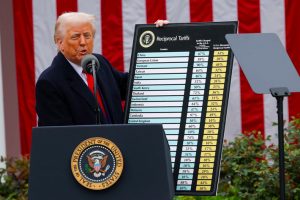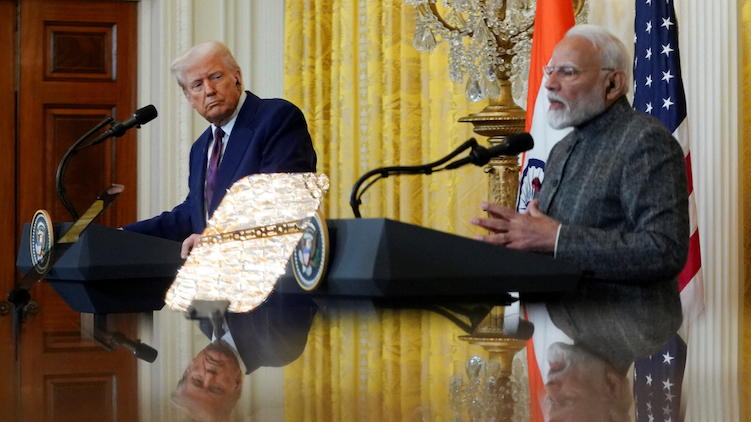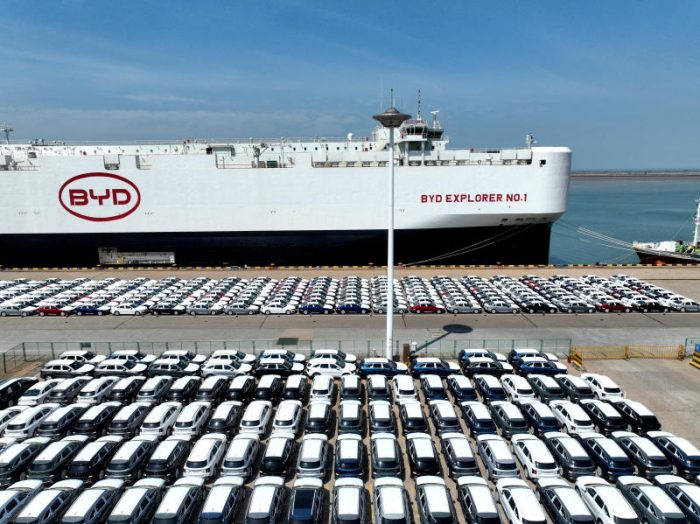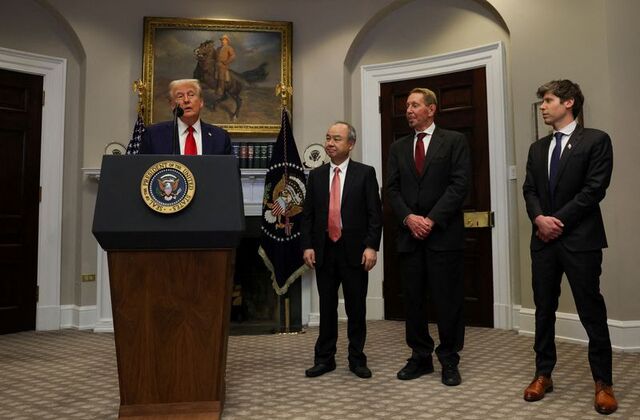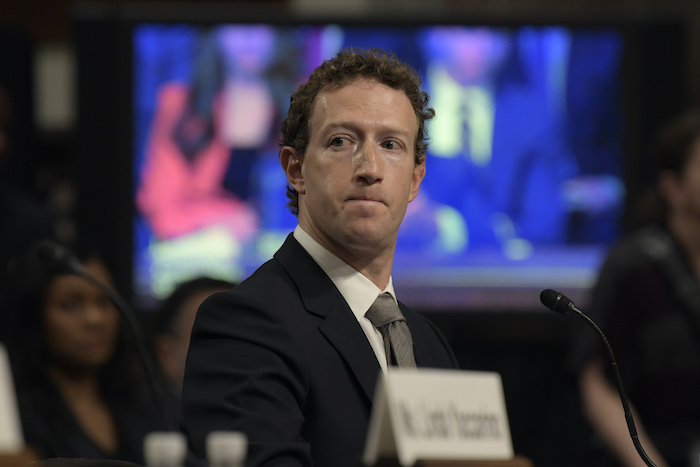Big Tech platforms have stopped complaining about Australia’s move to block teenagers from accessing social media and are reportedly set to help the government impose a nationwide ban.
In coming days, online platforms will offer Australian teenagers, who have over a million accounts in total, a choice – either download the data in their accounts, “freeze” their profiles, or lose the lot, when a world-first ban on kids using social media starts on December 10, sources have told Reuters.
To comply with a federal law passed in November last year, TikTok, Snapchat and Meta’s Facebook, Instagram and Threads are poised to deactivate accounts registered by users under 16, five people with knowledge of the plans said.
ALSO SEE: Meta Making Billions From Fraudulent Ads, Documents Say
Australia’s remaining 20 million social media users – 80% of the population – can expect little interruption, the people said, as platforms promise low-fuss compliance with a law that puts Australia ahead in the protection of youths online.
The picture is a departure from the chaotic scenarios painted during a year of protest by platform operators fearing a loss of users as well as a A$49.5 million ($32 million) fine for noncompliance. Firms had argued mandatory age checks would subject users to endless log-ins, be invasive or inaccurate and be easy to circumvent.
In practice, social media firms will lean on software they already employ to guess age based on engagement through “likes”, for instance, rather than the frequent input and verification of birth dates, the people said.
With that software long-established, having originally been developed for marketing, firms will generally resort to so-called age assurance apps only when users complain of being incorrectly blocked, said the people, declining to be identified as the plans are not yet finalised.
Still, the approach is open to teething problems. Anyone can contest bans through age assurance apps, which are being deployed at scale for the first time. And trials have showed they work, although sometimes with unacceptable error rates – typically along the lines of blocking 16-17 year-olds or approving 15 year-olds, with latter cases potentially exposing companies to fines.
For those directed to age assurance apps, disruption will still be minimal, said Julie Dawson, chief policy officer at Yoti, which provides age assurance for Facebook, Instagram and TikTok.
“There’ll be a maximum of two to three weeks of people getting to grips with something that they do daily, and then it’s old news,” she said.
Meta, Snapchat, TikTok and Google, owner of video platform YouTube, declined to comment. In October parliamentary hearings, all but Google said they planned to comply and would contact young users, without elaborating.

Third-party age assurance apps
Governments have been grappling with how to protect children online since Meta documents leaked in 2021 showed awareness of social media’s harm to teenagers. In 2024, a bestseller book entitled “The Anxious Generation” and a campaign by News Corp’s Australian arm helped spur political action.
The new law navigated opposition from free speech crusaders and child rights advocates, as well as social media firms and content creators. It gives platform operators until December to implement means of blocking minors without the need for parental discretion.
TikTok, which said it has 200,000 Australian users aged from 13-15, told parliament it was designing a button for reporting suspected underage users.
The only Australian-owned firm under the ban is livestream platform Kick, whose moderation came under scrutiny this year following a live-streamed death. A spokesperson said Kick “will be compliant” and “intends to introduce a range of measures”.
Platforms will likely direct users to third-party age assurance apps only if the user believes a platform’s built-in software guessed the wrong age, the people with knowledge of the matter said.
The apps guess people’s age based on a selfie. If the user believes that is also wrong, they can upload an identification document.
People aged 16-17 are most at risk of disruption because the accuracy of photo-based age estimation dips for people in that range, who are also less likely to have documents such as a driver’s licence. About 600,000 Australians are aged 16-17, government data showed.
“A lot of the technological methods of age verification will fail in that narrow band,” said Daswin De Silva, a professor of computing at La Trobe University.
For people wrongly barred, “it’s probably going to be service distortion, service failure, for a couple of days or weeks maybe, until the platforms figure this out”.
Platforms must take ‘reasonable steps’ to block minors
Smooth implementation of the new law is likely to shape global efforts to limit youth exposure to technology linked to mental and physical dangers such as bullying and obesity.
Britain and France enforced age checks for pornographic websites in June and July and Denmark this month said it will ban children under 15 from social media. However, initiatives in places such as France and Florida have been complicated by complaints of impracticality and free speech intrusion.
“The rest of the world is looking at Australia for this new weapon to deal with the apparent problems that some digital platforms are presenting us with,” said Stephen Wilson, founder of identity verification consultancy Lockstep, which has advised the Australian and US governments.
The law states platforms must take “reasonable steps” to block minors. The eSafety Commissioner has said steps should include detecting visits via virtual private networks, which mask a device’s location.
Beyond VPNs and circumvention, social media platforms also have to consider rivals not yet covered by the ban, Hassan Asghar, a senior computer science lecturer at Macquarie University, said.
“I’m no fortune teller (but) it could happen that some other platforms would take over,” Asghar said.
- Reuters with additional editing by Jim Pollard
ALSO SEE:
Software Trial Shows Australia’s Social Media Age Ban Could Work
Australian Law Bans Social Media for Children Under 16
TikTok Hit by US Legal Barrage For ‘Harmful’ Impacts on Kids
Nearly Half of Gen Z Wish TikTok Was Never Invented: US Poll
Australia Plans Social Media Ban to ‘Get Children Off Devices’
Facebook Partner Says Phone Apps Spy on Users for Adverts
TikTok Hit With $370m EU Fine Over Children’s Data Breaches
Big Tech ‘Doing Little’ to Counter Rampant Scams on Social Media
UN Chief: Big Tech Chasing AI Profits Ignoring Risks – Guardian
New System Needed to Regulate Big Tech in Finance, BIS Says




